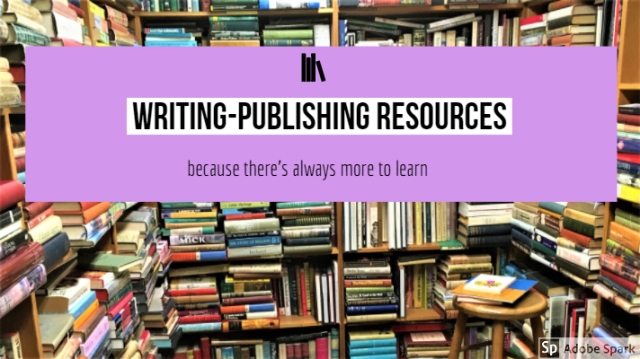 I just discovered SparkNotes.com as a tool for learning about the craft of storytelling. I always thought of SparkNotes—and CliffNotes—as simply being something you turned to in high school if you hadn’t read the assigned book and there was an upcoming test. SparkNotes would give you enough of a summarized story overview to, hopefully, help you pass.
I just discovered SparkNotes.com as a tool for learning about the craft of storytelling. I always thought of SparkNotes—and CliffNotes—as simply being something you turned to in high school if you hadn’t read the assigned book and there was an upcoming test. SparkNotes would give you enough of a summarized story overview to, hopefully, help you pass.
But guess what! SparkNotes delivers much more than just a book summary.
I popped in to see what they had on Victor Hugo’s book, Les Misérables, a t.v. series recently presented by PBS. The plot of the story captivated me; the character arcs and character development were observable.
I wanted to unravel the story; break it down; see if I could learn some writing structure and character development from it. I knew I wouldn’t read the whole book. But jotting down notes from having watched the series felt do-able.
I went to SparkNotes thinking a big-picture summary of the book might help me identify fundamental story concepts: the hero, an inciting incident, in pursuit of something, meeting conflicts that get increasingly complex, conquering them until the hero overcomes all and reaches a final resolution. And in the process, the hero’s character changes; you see their character arc.
When I pulled up the SparkNotes web site for Les Misérables, I felt as if I’d landed on a story structure training page. It’s a way of getting a taste of key aspects of a book. It provided:

- Summary
- A summary of the book’s overall plot
- Chapter summaries and analysis
- Characters: A list of characters, with background summaries about relevant characters, plus more in-depth analysis of major ones
- Main Ideas: themes, motifs, symbols and key facts
- Quotes: Important quotations with brief analysis regarding their meaning
- Further study: author background, quizzes, study suggestions and suggested reading
- Writing Help: Tools to help students write essays on the book
Here are the topics addressed in the Main Ideas section for Harper Lee’s, To Kill a Mockingbird:
 CliffNotes is worth checking out as well; the sites are similar but with differences that make them both working looking at. My first leaning was toward SparkNotes, but each has value, and it likely comes down to personal preference.
CliffNotes is worth checking out as well; the sites are similar but with differences that make them both working looking at. My first leaning was toward SparkNotes, but each has value, and it likely comes down to personal preference.
This is a totally current discovery, but I’m excited about the possibilities, and stoked to share it. Let me know what you think!
Photo source: Walk the Goats

I haven’t checked in on SparkNotes in years. This is a good idea. Once I got out of college, I started reading less academic books. But seeing what you shared here I now want to go ‘read’ a bunch of classics. Interesting.
LikeLiked by 1 person
It’s really amazing what they offer. And, yes, more along the classics line of literature. I barely scratched the surface.
LikeLiked by 1 person
Ha! Neat.
LikeLiked by 1 person
Using them this way feels like repurposing something.
LikeLiked by 1 person
Thanks! Haven’t seen those red and black (or yellow and black) little books since high school! As I read even somewhat complicated novels these days, I find myself needing to make a list of the characters and who is related to who(m)?. Perhaps this would help this aging brain!
>
LikeLiked by 1 person
We saw To Kill a Mockinbird as a play recently. It was fun to read the write-up in SparkNotes and to see how they talked about theme and summarized the characters.
LikeLike
I hadn’t even realized Cliff Notes had migrated online and never heard of SparkNotes. Sounds like something I should check out. Thanks for the tip!
LikeLiked by 1 person
Definitely check them out. To me they’re a very cool resource, providing an overview of story structure, theme, etc as presented by classic authors. I learned about SparkNotes a while ago, but Cliff Notes was definitely the one I was familiar with.
LikeLiked by 1 person
Going to check this out, thanks for the tip!
LikeLiked by 1 person
Hope something there resonates for you!
LikeLike